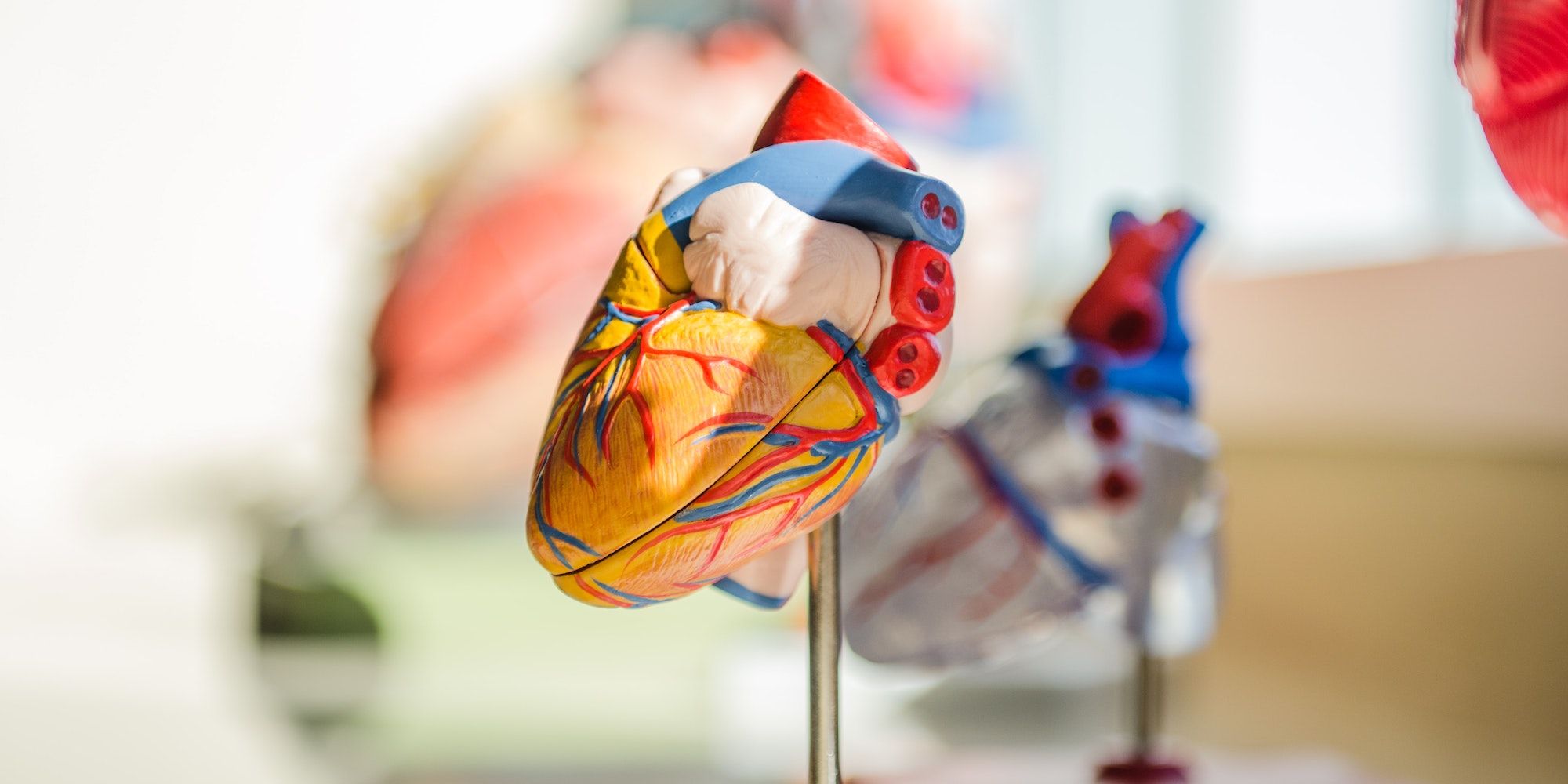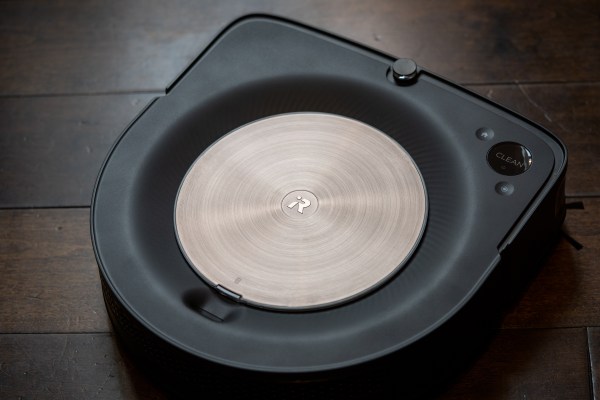The heart is difficult to replicate mechanically, so scientists are using soft robotics to build flexible beating hearts for humans and robots.
Soft robotics is the field of developing flexible machines that often stretch the idea of what a robot can be, and independent teams have been making advances using soft robotic principles in creating artificial hearts and heart-like pumps. Artificial organs have long been challenging to make due to the complexity of replicating biological functions mechanically. Demand has only risen, both for human use and also for use in new robotic systems.
Robots used to help heal have been developed for some time. Conceptually, the heart is a type of pump and humans have been building pumps for millennia. Practically, however, the heart is different from other mechanical pumps because it works via deformation, contracting and relaxing muscles cyclicly to push blood in bursts, which gives humans a pulse. A pump like this can’t be built using conventional robotics parts and materials, as most metals and plastics aren’t designed to flex constantly like heart tissue, so fully artificial beating hearts have not been practical yet. Some partial heart implants have worked around this by not replicating a heartbeat at all and instead using a constant flow with a flow rate control system, and patients with these models of implant don’t have a pulse as a result.
In January 2020, The Mirror reported a team including Dutch surgeon Professor Jolanda Kluin working with the British Heart Foundation plans to design a soft robotic artificial heart using flexible synthetic muscles, with animal testing to begin by 2025 and human use planned by 2028. Using these soft robotics to help humans would prevent the deaths of many patients who die waiting for compatible donors and hopefully eliminate the need for donor hearts altogether. This project’s results may be years off still, but a recent report by ScienceDaily announced a different project at Cornell University has built a similar soft deformable pump for use in soft robots themselves. Many soft robot designs require circulatory systems similar to humans’ to pump fluid and power motion, and Cornell’s pump further mimics a heart to drive that system in a way that can be better integrated into the robot. While the exact device is not built to replace a human heart it does prove that soft robotics can successfully replicate the organ’s function.
The First Artificial Beating Hearts
Recently, designers have begun using soft robotics to combat these challenges. Whereas mainstream ideas of robotics involve metal and actuated joints, soft robots use flexible materials to move and perform functions in ways an inflexible metal robot can’t. An example of a soft robot could be an artificial octopus with a rubber body whose limbs are driven and controlled by hydraulic systems using flexible tubes instead of metal pipes. This sort of approach has proven effective at replicating the traditional deformation pumping of an organic heart by at least two different teams for different applications.
Hopefully, these positive developments in soft robotics may speed the safe development of the artificial human heart project to fruition and allow the technology to help patients sooner. The need for replacement human hearts continues to rise and evidently so too does the need for heart-like pumps in robots, so the field of soft robotics is set to continue innovating in this area. As more artificial pumps are developed for soft robotics, the techniques and principles used in their construction may be tested and perfected safely to then inform and benefit human heart designs as well.
Source: The Mirror, ScienceDaily
About The Author




















































.jpg)



